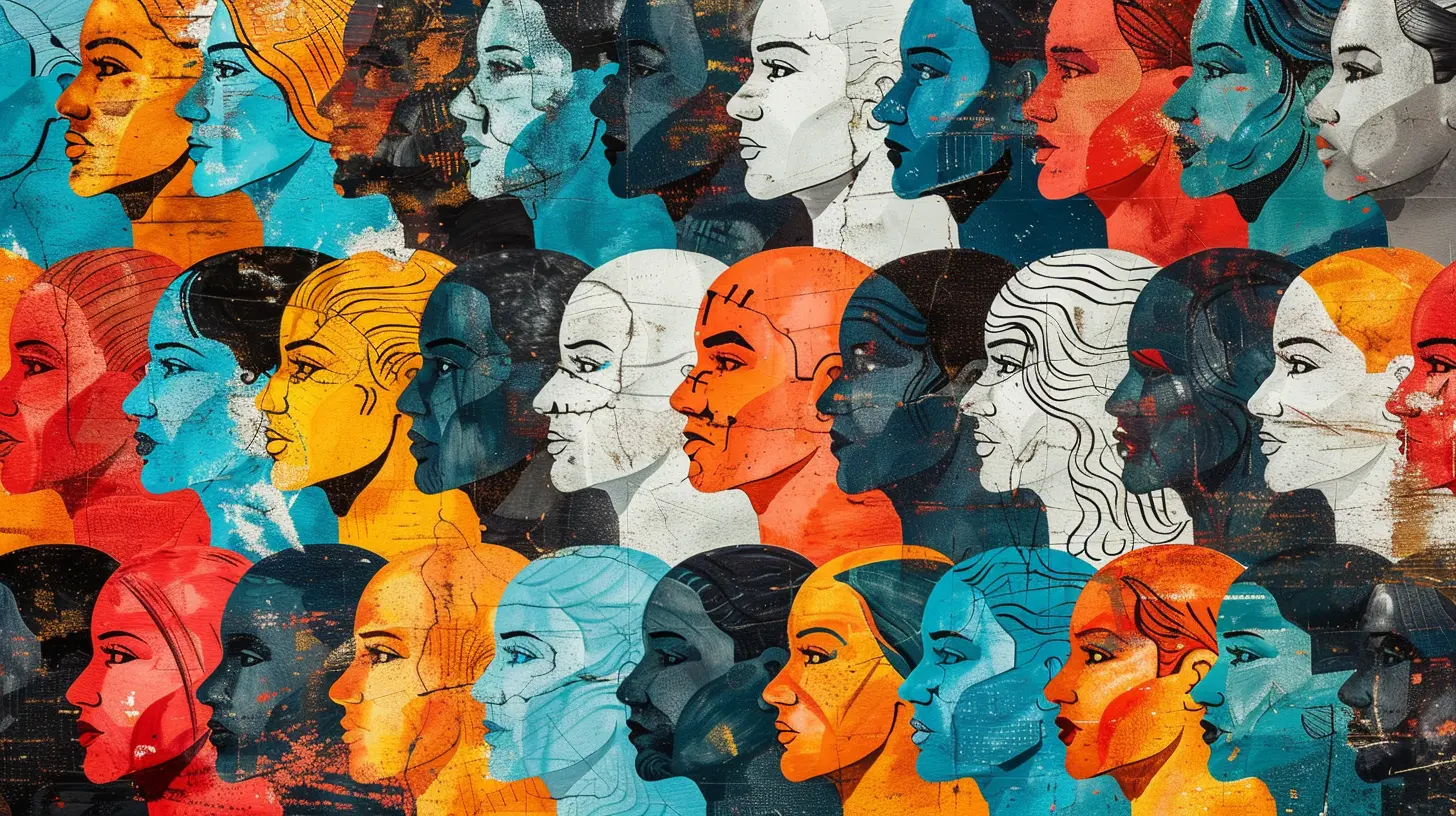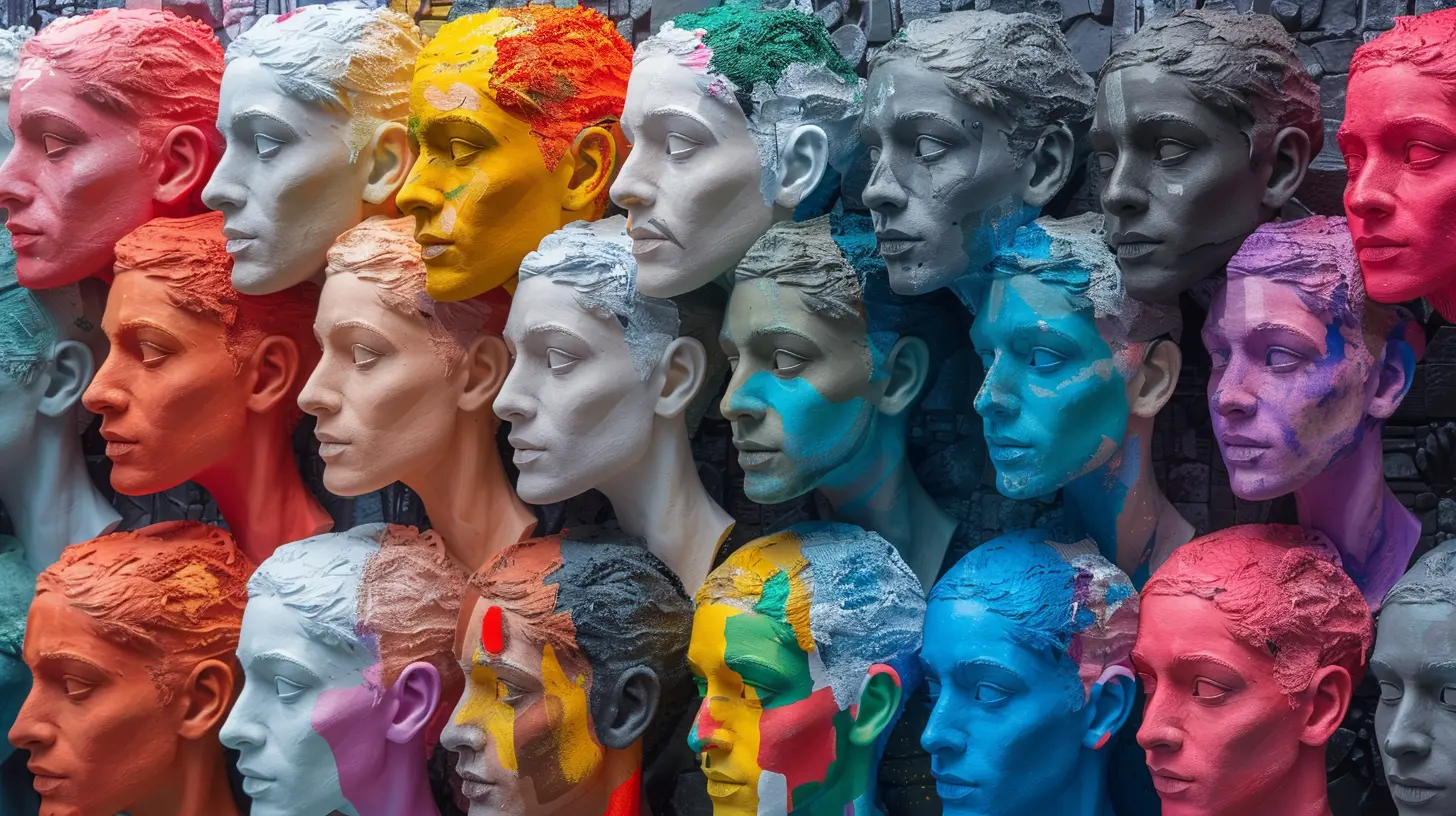The Role of Culture in Shaping Social Behavior
15 November 2025
Let’s face it—how we act around others isn’t just some random thing we’re born doing. Whether we’re politely queuing in line or rushing a subway door, giving good morning hugs or bowing with restraint, our social behavior is deeply influenced by one powerful force: culture.
Culture is a bit like Wi-Fi—it's invisible, but it connects everyone and shapes how we function together. Every little quirk, every social norm, even what we consider polite or rude—it all traces back to the culture we were raised in.
So, how exactly does culture mold our social behavior? And why can people from different parts of the world have totally opposite views on what's “normal”? Let's break it down in human-speak.
What Is Culture, Really?
Before diving into the meat and potatoes, let’s get clear on what we mean by culture. It’s more than just language, food, or funky dances.Culture is the shared beliefs, values, customs, and behaviors that a group of people pass down from one generation to the next. It’s the user's manual we’re handed at birth on how to live, how to think, and most importantly—how to behave around others.
It influences how we express emotions, how we communicate, how we form relationships, and how we view the world.
Social Behavior — Not Just Instinct, But Inherited Norms
Social behavior includes everything from how we greet people to how we resolve conflicts. Sure, some behaviors come naturally (like crying when we’re sad), but the way we express those emotions? That’s where culture steps in to drive the bus.Let’s take an example: In Japan, expressing strong emotions in public is often seen as inappropriate. But in Italy? Passionate emotions are practically spoken in capital letters and exclamation marks!
Same human feelings, totally different social behavior. That’s cultural programming at its finest.
Individualism vs Collectivism — A Big Player
One of the most studied cultural dimensions in psychology is the classic showdown: individualism vs. collectivism.What’s Individualism?
Cultures like the United States, Canada, and Western Europe tend to put the individual front and center. Personal goals, independence, standing out—it’s all encouraged.In these cultures, social behavior often focuses on self-expression, personal freedom, and me-time. Think “you do you.”
What’s Collectivism?
In many Asian, African, and Latin American countries, the group takes priority—the family, the community, the team.Here, social behavior aligns with group harmony, respect for elders, and not rocking the boat. Think “we’re in this together.”
This cultural lens shapes decisions on everything from what career to choose to who gets invited to dinner on Sunday.
Communication Styles — Culture Speaks Volumes (or Whispers)
Ever wondered why some people seem super direct while others take ages to get to the point? Cultural communication styles explain it all.High-Context vs Low-Context Cultures
- High-context cultures (like Japan or the Arab world) rely heavily on non-verbal cues, body language, and context to interpret meaning. The message is in what’s not said.- Low-context cultures (like Germany or the U.S.) are more about being direct, clear, and saying exactly what you mean.
This means social faux pas can happen easily when two people from different cultures communicate. One thinks the other is rude; the other thinks they’re being annoyingly vague. It's like playing charades with someone who insists on spelling out every word.
Emotional Expression — Let It Out or Keep It In?
Another hot spot where culture shines is how emotions are expressed—or suppressed.Some cultures encourage emotional openness. Others encourage keeping a tight lid on feelings, especially in public.
Cultures That Embrace Expressiveness:
- Latin American countries often show emotions openly- Mediterranean cultures might be loud, passionate, and animated
Cultures That Value Restraint:
- East Asian cultures often praise emotional control, as it maintains social harmony- Scandinavian countries may seem emotionally subdued but value inner calm and privacy
This difference affects everything from how we comfort a friend to how we handle breakups. You may cry on someone’s shoulder or retreat into quiet solitude—all depending on your cultural blueprint.
Norms, Manners, and Taboos — The Invisible Rulebook
Culture is like an invisible referee. It enforces the “unwritten rules” of what’s okay and what’s totally not.Holding hands, making eye contact, taking off shoes when you enter a home, showing up late—these behaviors can be charming in one culture and offensive in another.
Ever heard of “culture shock”? That moment when you realize your social GPS needs a serious update. It's not just confusion; it's your internal cultural programming glitching out.
Social Roles and Expectations
Culture also assigns us roles—like who’s the breadwinner, who cares for children, and how authority figures should be treated.In many Western cultures, gender roles have been shifting, and questioning traditions is often encouraged. But in more traditional societies, roles can still be strictly defined.
Not only that, but expectations of age, status, and profession also change. Calling your boss by their first name? Normal in American startups. In other places? Total scandal.
Influence of Religion and Spiritual Beliefs
Religion often underlines cultural values, and it naturally spills over into social behavior.Think about greeting customs: “As-salamu alaykum” in Muslim communities, or “Namaste” in Hindu culture. These aren’t just words—they’re loaded with spiritual respect.
From dress codes to dietary practices, religious norms powerfully shape how people behave, especially in social settings.
Cultural Shaping of Parenting Styles
Guess what? Even how we raise kids varies wildly based on cultural norms.Western parenting might emphasize nurturing independence—letting kids explore, speak up, and even challenge adult opinions.
Compare that to Eastern parenting, which might focus more on discipline, academic excellence, and respecting authority.
Neither is wrong. They just reflect the cultural values of personal autonomy vs group harmony.
The Role of Media and Technology in Culture Transfer
Today, thanks to the internet, cultures aren’t locked into their countries anymore. Social media, movies, and memes are carrying cultural norms across borders like never before.Ever find yourself using slang from another country or celebrating a festival that’s not your own? Yup—globalized culture is reshaping social behavior in younger generations faster than ever.
But while shared content spreads, core cultural beliefs often remain rooted in deeper generational habits. So you're likely to see a mix of both—the old and the new—especially in multicultural societies.
Cultural Differences in Conflict Resolution
Let’s talk drama—specifically how people deal with conflict.In more assertive, individualistic cultures, speaking your mind is viewed as mature and honest.
But in collectivist societies, keeping the peace is the top priority, so people might avoid direct confrontation altogether, choosing face-saving strategies instead.
Even conflict resolution—something every human deals with—is shaped by culture. It's like arguing in different languages, even if you're using the same words.
Cultural Intelligence — Why It Matters
Here’s the kicker: understanding cultural influences makes us better humans.Being aware of how culture shapes social behavior can help us:
- Build stronger relationships
- Avoid misunderstandings
- Communicate more effectively
- Be respectful and empathetic
- Thrive in a multicultural world
You don’t have to be a globe-trotter to practice cultural intelligence. All it takes is curiosity, respect, and a willingness to realize that “normal” is relative.
Final Thoughts — The Culture Lens
If you’ve ever felt out of place abroad or struggled to understand someone from a different background, now you know—it’s not personal, it’s cultural.Every smile, handshake, silence, or side-eye has a cultural story behind it.
Culture isn’t just a backdrop—it’s the script, the director, and often the audience of our social behavior. And whether we realize it or not, we’re all actors on that cultural stage.
So next time someone reacts differently than you’d expect, ask yourself—not “What’s wrong with them?” but “What story is their culture telling?”
It might open more doors than you think.
all images in this post were generated using AI tools
Category:
Social PsychologyAuthor:

Gloria McVicar

